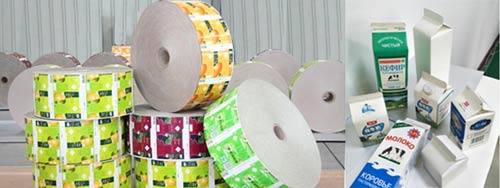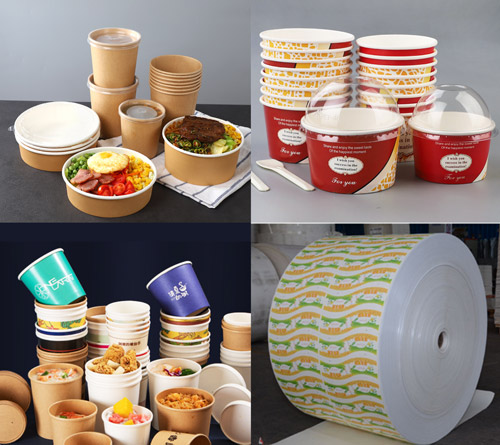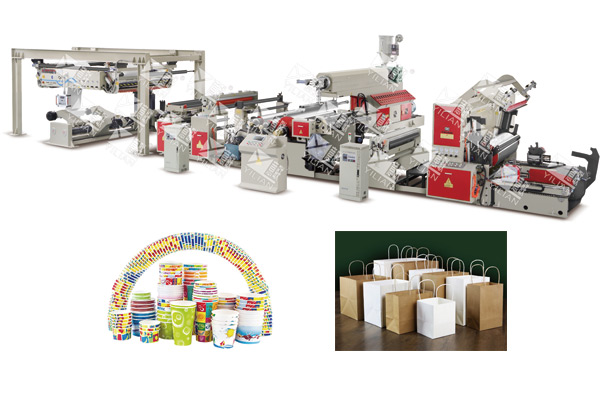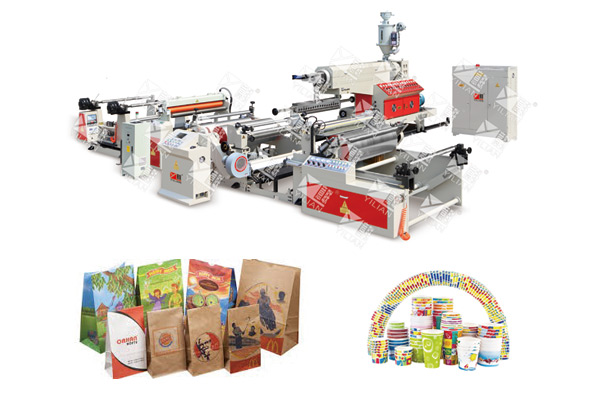What is the difference between extrusion coating and coil coating
Datetime: 4/24/2025 9:30:00 AM Visit: 28
Introduction
In the field of manufacturing and industrial coating, extrusion coating and coil coating are two widely used processes for applying protective and decorative layers to materials. While both methods can improve the durability, corrosion resistance and aesthetics of materials, they have significant differences in technology, applications and benefits.
This article explores the differences between extrusion coating and coil coating, the advantages of each, and their industrial uses.
I.What is extrusion coating?
Extrusion coating is a process that uses an extruder to apply molten polymers (such as polyethylene, polypropylene, or ethylene-vinyl acetate) directly to a substrate (such as paper, fabric, metal, or plastic film). The polymer is melted, forced through a flat die, and then pressed against a moving substrate, where it cools and solidifies.
Key Features of Extrusion Coating:
Direct Coating: Once the polymer is melted, it is applied to the substrate in one step.
Thick Coating: Thicker coatings can be applied compared to other coating methods.
Versatility: Suitable for a variety of substrates, including paper, foils, and nonwovens.|
High Adhesion: The molten polymer fuses with the substrate to form a strong bond.
Common Applications:
Food packaging (e.g., liquid cartons, snack bags)
Industrial films (e.g., moisture barriers, insulation)
Medical packaging (sterile barrier films)
II.What is Coil Coating?
Coil coating (also known as Pre-coat Metal Coating ) is a continuous, high-speed process in which metal coils (usually steel or aluminum) are cleaned, pre-treated, coated with paint or polymer, and cured in an oven before being rewound. This method ensures a uniform, high-quality finish.
Key Features of Coil Coating:
Pre-treatment: Metals are cleaned, chemically treated, and primed prior to coating.
Precision Coating: Uniform thickness with minimal waste.
Curing Process: Coated metal is dried and hardened in an oven.
Durability: Excellent resistance to weathering, UV rays, and corrosion.
Common Applications:
Roofing and siding (metal sheets)
Automotive parts (body panels, interior)
Home appliances (refrigerators, washing machines)
Building materials (HVAC ducts, garage doors)
III.Main differences between extrusion coating and coil coating
| Aspects | Extrusion coating | Coil coating |
| Process | Extruding molten polymer onto substrate | Applying liquid coating/polymer onto metal coil |
| Substrate | Paper, plastic film, foil, nonwoven | Mainly steel or aluminum coil |
| Coating thickness | Thicker coatings can be applied | Thin, uniform coatings |
| Curing | Air-cooled or cold roll curing | Oven curing for durability |
| Main uses | Flexible packaging, protective films | Construction, automotive, appliances |
| Bonding methods | Hot melt | Chemical bonding and curing |
IV.Advantages and Limitations
Extrusion Coating
Advantages:
Excellent moisture and chemical resistance
Customizable thickness
Suitable for heat-seal packaging
Disadvantages:
Limited to thermoplastic polymers
Higher energy consumption due to melt process

Coil Coating
Advantages:
Excellent weathering and UV resistance
Fast production speeds
Environmentally friendly with very low volatile organic compound (VOC) emissions
Disadvantages:
Requires a pre-treatment step
Less flexibility compared to extrusion coated films
Conclusion
Both Extrusion Coating and Coil Coating play a vital role in industrial manufacturing, but their applications vary based on material requirements. Extrusion coating is ideal for flexible polymer packaging, while coil coating is better suited for durable, pre-coated metal products.
Understanding these differences can help manufacturers select the right process for their specific needs, ensuring optimal performance, cost-effectiveness, and product longevity.











